Nine days after President Donald Trump took office in January and made erasing transgender people from U.S. society a priority for his administration, a Black Hawk helicopter collided with an American Airlines passenger jet on landing approach over the Potomac River near Washington, D.C.’s Reagan National Airport, killing all 67 people aboard both aircraft. Within days, conspiracy theories flooded social media. And in those rumors, Jo Ellis, a transgender pilot in the Virginia Army National Guard, became the villain in a tragedy she had nothing to do with.
Keep up with the latest in LGBTQ+ news and politics. Sign up for The Advocate's email newsletter.
“I opened my Facebook messages to see hundreds of message requests asking me ‘Are you alive?’ or saying things like ‘I know you’re the tranny who did it,’” Ellis told Wired.
Ellis was more than 100 miles from the nation’s capital on the night of the crash. But that didn’t matter to the right-wing influencers who latched onto her name, photo, and gender identity as fuel for a narrative suggesting the crash was part of a “trans terror attack.”
Related: No, a transgender military Black Hawk pilot didn’t fly the helicopter involved in the crash near D.C.
Among the loudest voices was Matthew S. Wallace, a cryptocurrency promoter with more than 2.3 million followers on X, formerly Twitter. Less than 24 hours after the crash, Wallace posted Ellis’s photo and claimed she might have deliberately crashed the helicopter because of “depression” and “Gender Dysphoria.” One post garnered at least 4.8 million views, according to a defamation lawsuit Ellis filed in federal court in Colorado in April.
Ellis’s lawsuit accuses Wallace of creating a “destructive and irresponsible defamation campaign,” driven by a desire to exploit anti-trans sentiment for profit. Even after Ellis posted a “proof of life” video to her Facebook page, Wallace continued posting about her, the lawsuit states, shifting blame to another X account while persisting in misgendering Ellis.
“Free speech is great, but if you cause damage to somebody or it causes harm or threats, I think you have to have accountability,” Ellis told Wired. “I am not looking to regulate speech, but there’s some clear cases that shouldn’t be allowed.”
Ellis’s story has become emblematic of a broader trend: the rapid scapegoating of transgender people in the aftermath of national tragedies. According to a Wired review, there have been at least a dozen incidents since 2022 in which trans individuals were wrongly accused of committing violent attacks.
“Whenever there’s a school shooting or a mass tragedy, if I search for that along with the city name and the word trans, I will get pretty immediate hits on that,” Grace Abels, an LGBTQ+ fact-checker with PolitiFact, said, Wired reports. “This has become a consistent pattern of rumor.”
Among them were baseless rumors in December that a school shooter in Madison, Wisconsin, who killed two people, was trans. Six months earlier, social media users wrongly claimed a trans woman had attempted to assassinate Trump when he was grazed by shrapnel after a shooting at an outdoor campaign rally in Butler, Pennsylvania. After shootings in June in Minnesota that left state Rep. Melissa Hortman and her husband dead and state Sen. John Hoffman and his wife injured, Donald Trump Jr. falsely called the trans community “per capita the most violent domestic terror threat if not in America, probably the entire world.”
Researchers and advocates say the purpose of these false narratives is both ideological and political. By framing transgender people as unstable, violent, or dangerous, right-wing media figures create a climate of fear and justify calls for further restrictions on trans rights.
“Spreading false claims about trans people being mass shooters [or causing other violence] fits the pattern of dehumanizing trans people to justify this bigotry against them,” Kayla Gogarty, research director at Media Matters, told Wired.
Related: Meet the trans Black Hawk pilot suing after being falsely accused of role in deadly D.C. crash
Yet actual data refutes the narrative that trans people are a threat. GLAAD reported that between May 2024 and May 2025, reports of violence rose 14 percent from the previous period, with 26 injuries and one death among trans and gender-nonconforming people.
“There’s not enough everyday trans people showing up visibly as an example, because they want to integrate and assimilate versus stand out and make a fuss,” Ellis told Wired. “There’s a middle ground somewhere, but right now the political stance is either extreme right or left, and neither is good for any of us.”
Ellis’s ordeal has forced her into a new kind of public life. After the false allegations, she went into hiding for a weekend, requested armed security outside her home, and began carrying a firearm for protection.
“I had moments where I was breaking down from the stress and pressure of it all, because I just didn’t know what was going to happen,” she said.
Despite the fear and disruption, Ellis says she intends to keep speaking out, determined to counter the narrative that targeted her and continues to endanger trans people nationwide.
“There’s such a need for a moderate, pragmatic trans voice in the debate right now,” Ellis said. “As long as people keep listening to me, I’ll keep saying things.”
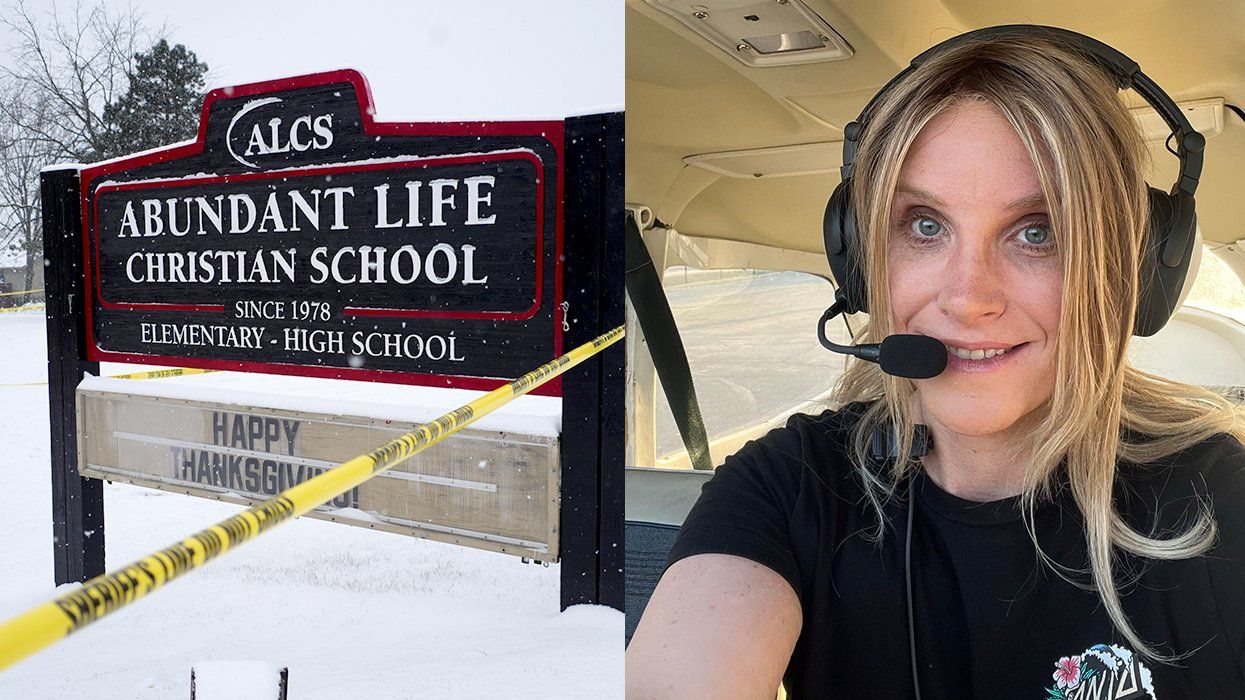



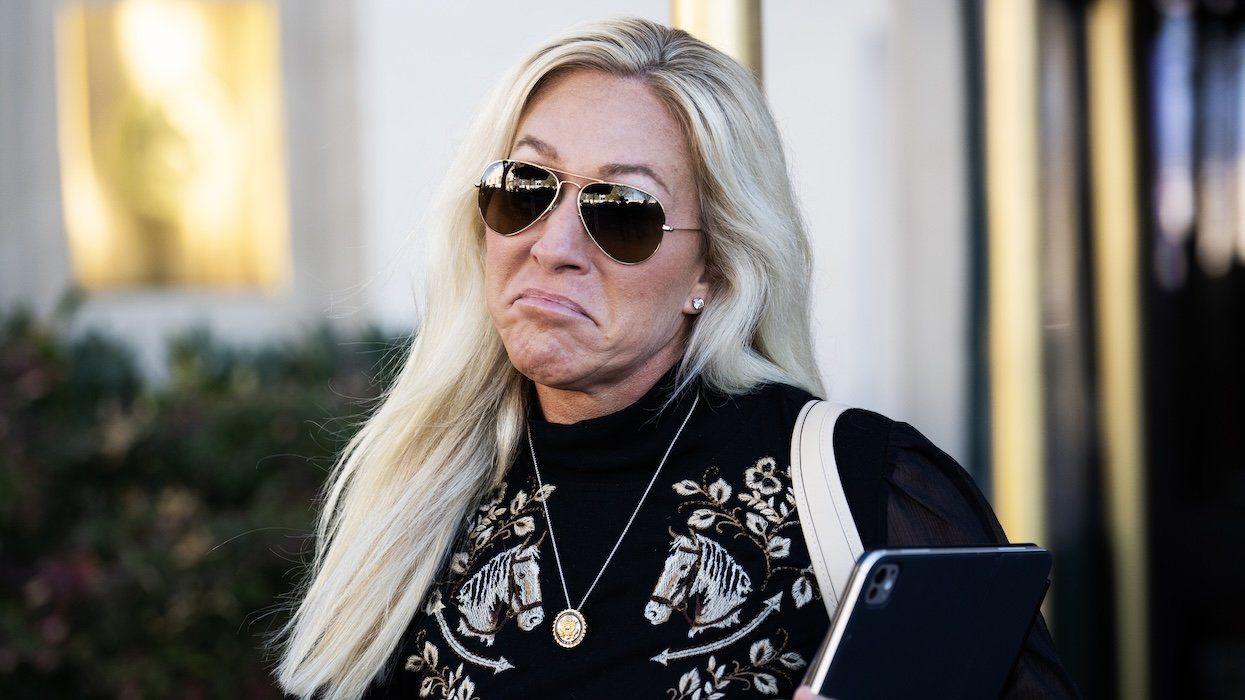


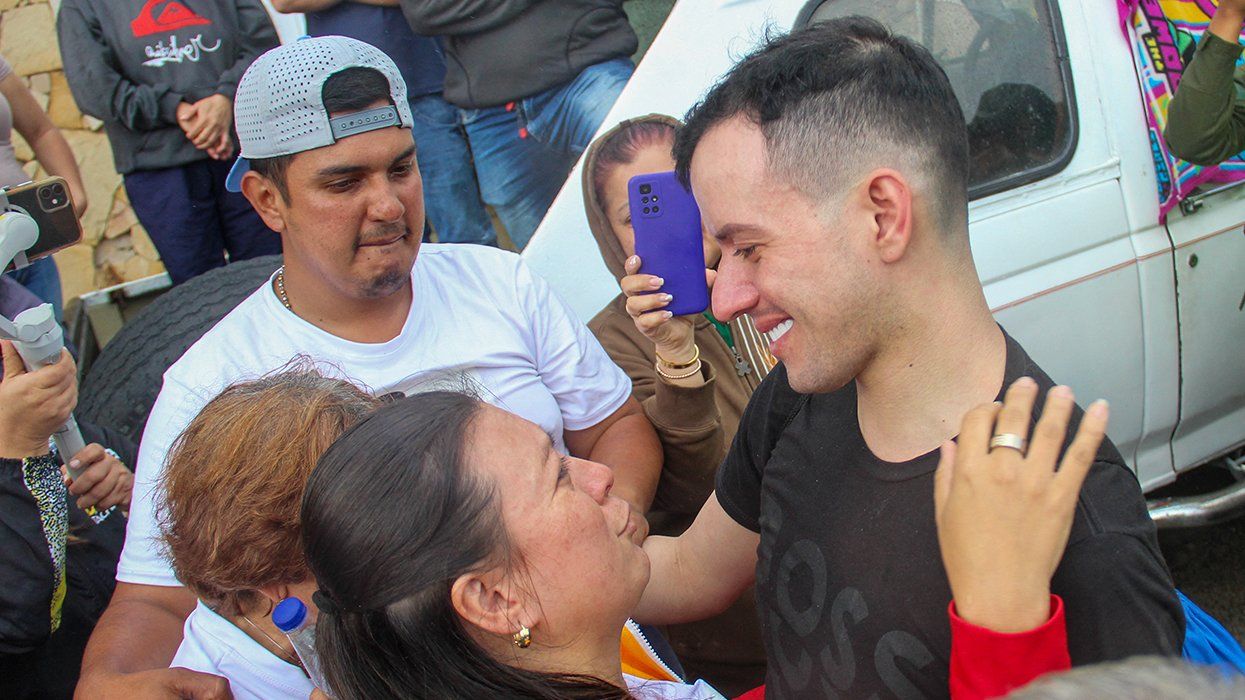
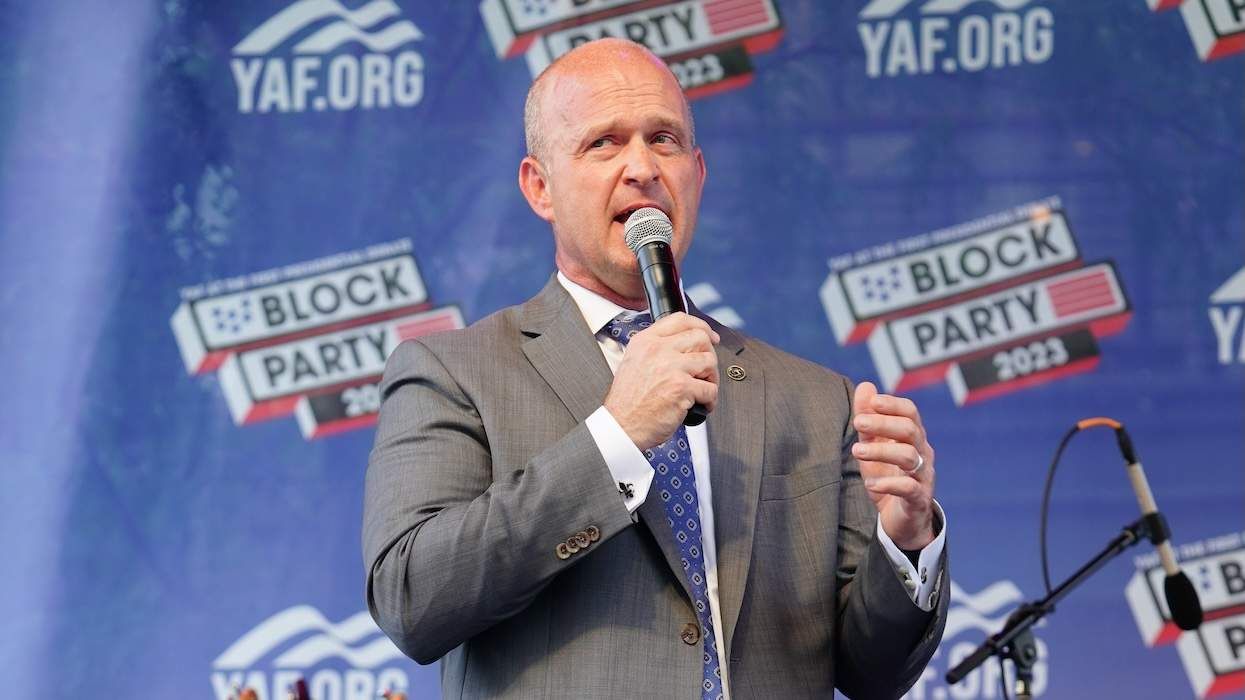



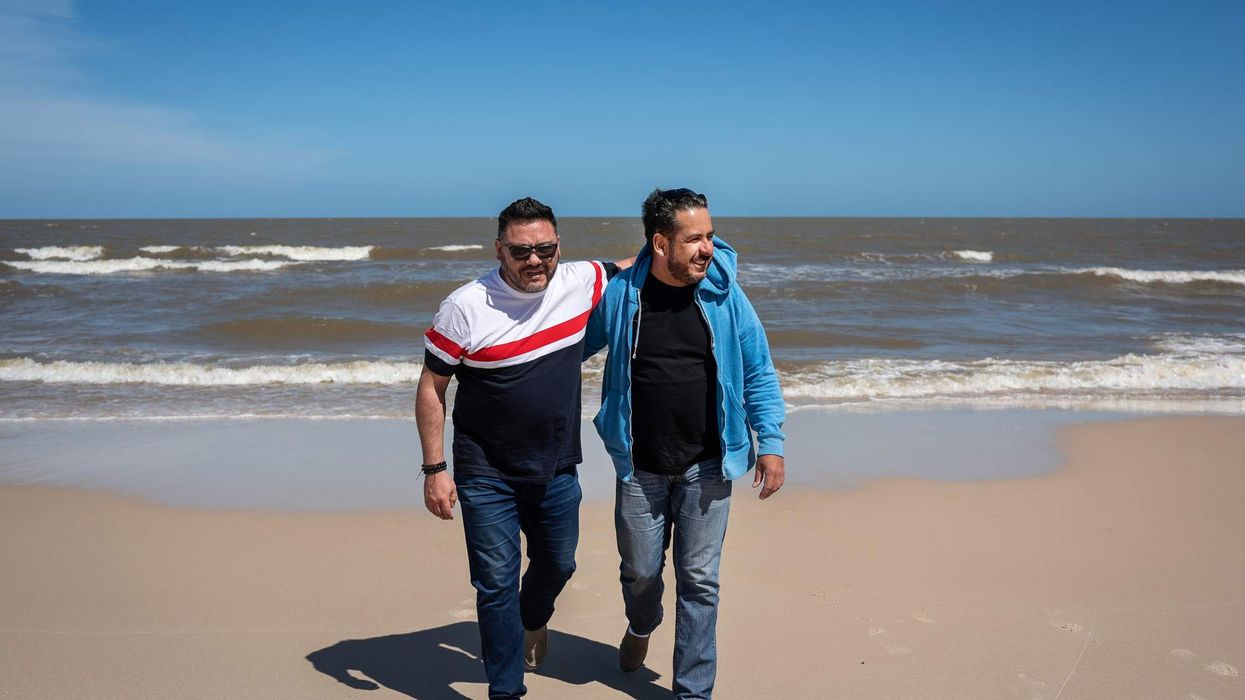


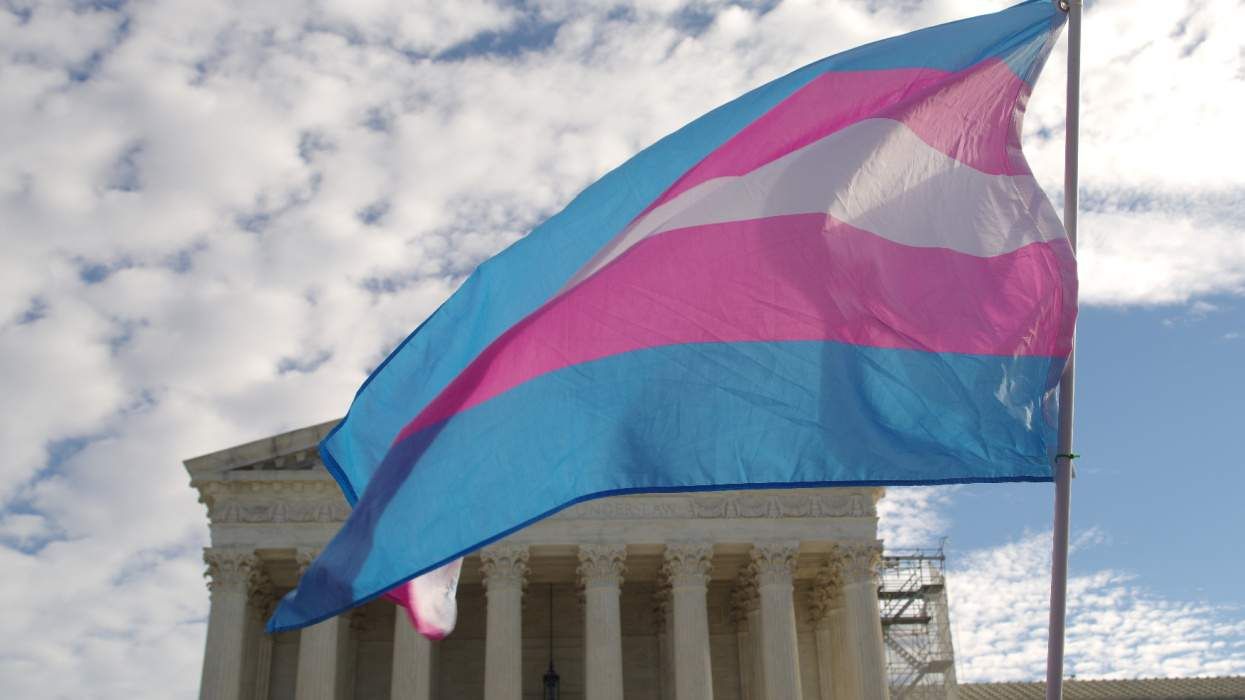









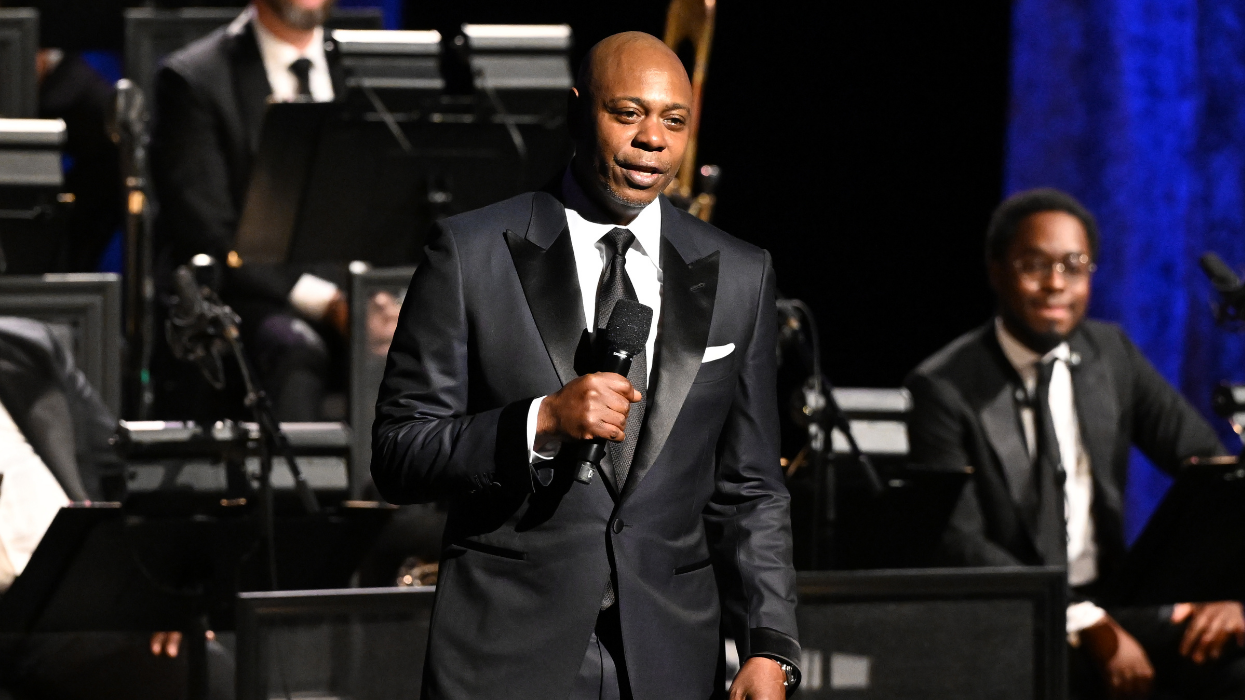
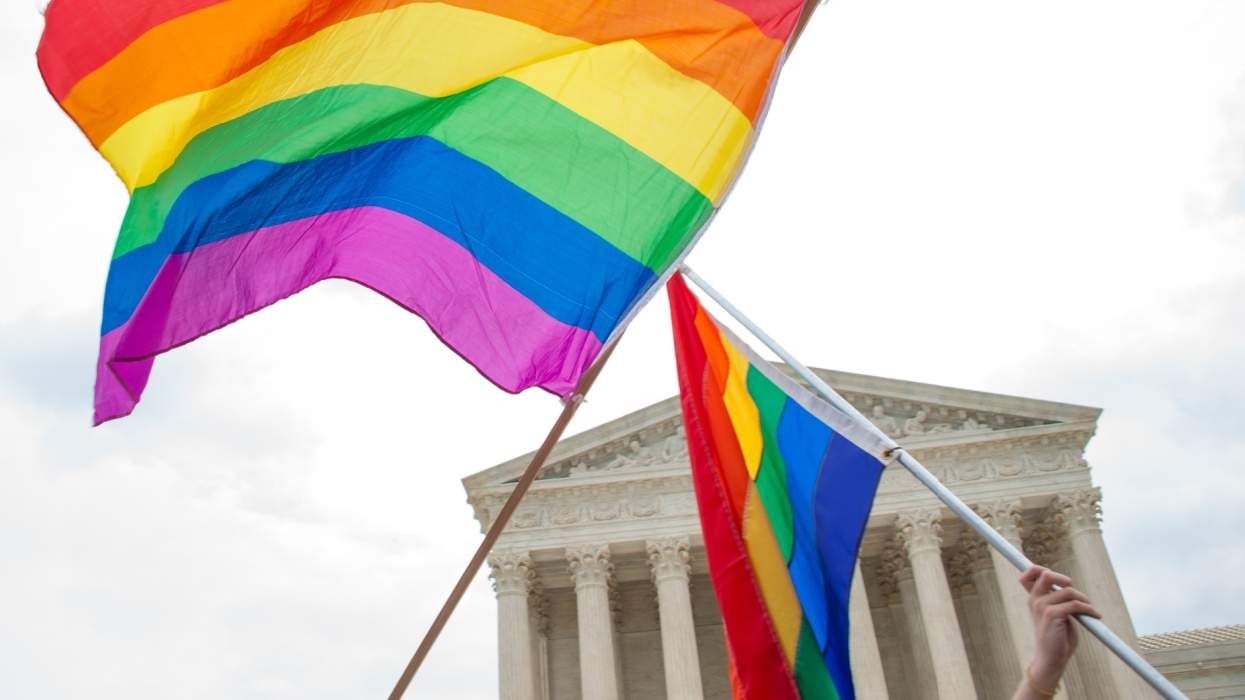











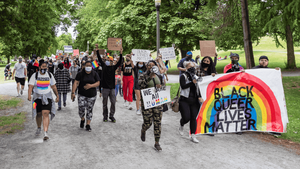




























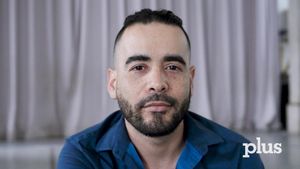

Charlie Kirk DID say stoning gay people was the 'perfect law' — and these other heinous quotes